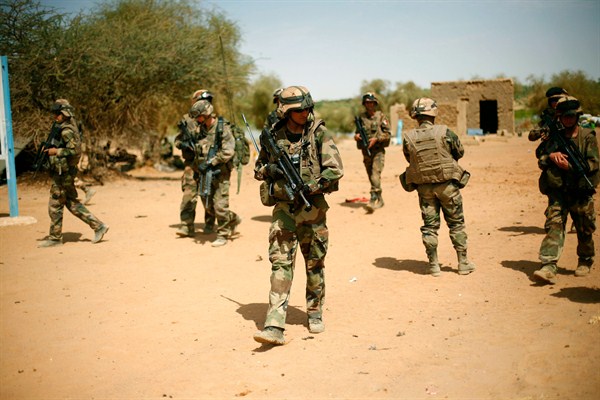The deadly terrorist attacks in Burkina Faso and Cote d’Ivoire in January and March, respectively, show the deep reach of militants affiliated with al-Qaida in the Islamic Maghreb (AQIM), and their ability to bounce back from the military drubbing they received as a result of France’s intervention in the Sahel, which began in 2013. The spectacular attacks are part of a long pattern illustrating the enduring resilience of AQIM and its ability to regenerate itself by adjusting strategy and tactics to mounting pressure from both counterterrorism operations and rising jihadi competition in the Sahel and West African region.
As alliances and rival coalitions reorder themselves in an increasingly chaotic militant landscape, AQIM and its allies have escalated the race to expand their regional footprint into West Africa’s economic hubs and coastal areas that have hitherto been spared from terrorist violence. The expansion and execution of successful terrorist attacks helps AQIM-led groups rebuild their resources and broaden their recruitment base, reaching areas riven by long-simmering communal distrust, festering local conflicts and distrust of state institutions, particularly in marginalized peripheries and rural communities.
Militancy and violence in West Africa play off of local conflicts, socio-ethnic marginalization and state responses to perceived threats. In order to understand the evolution of militant groups and their expansion across the region, one must examine the trends behind the ongoing realignment of militant groups and the conditions that have propelled the resurgence of AQIM and deepened the sources of instability in the region.

